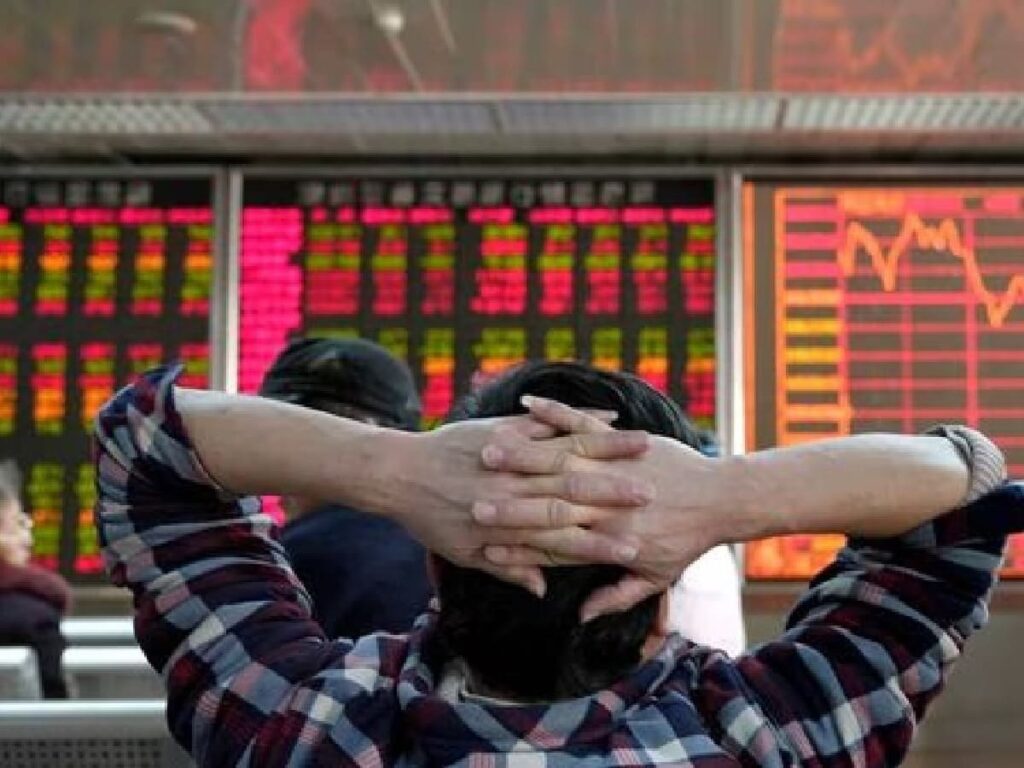On October 16, the stock market witnessed a noticeable downturn, with key indices opening lower as investors reacted to various economic factors both domestically and globally. The BSE’s benchmark index, Sensex, which comprises 30 prominent stocks, opened at 81,646, reflecting a decline of 173 points. Meanwhile, the NSE’s Nifty 50, featuring 50 stocks, faced a loss of 48 points, opening at 25,008. This opening trend signals potential shifts in investor sentiment, driven by both macroeconomic indicators and specific sector performances.
Market Overview
The dip in the stock market can be attributed to several factors including global economic trends, geopolitical tensions, and domestic economic data releases. Investors often react to these variables as they try to gauge future market conditions.
Key Indices Performances
| Index | Opening Level | Change (Points) |
|---|---|---|
| Sensex | 81,646 | -173 |
| Nifty 50 | 25,008 | -48 |
Factors Influencing Market Movement
Global Economic Trends
International market performance plays a crucial role in shaping the sentiment of domestic investors. Recent economic data from major economies, changes in interest rates, and trade agreements can lead to fluctuations in the market. Investors are closely monitoring these developments to gauge their potential impact.
Domestic Economic Indicators
In addition to global cues, domestic economic indicators such as inflation rates, employment figures, and GDP growth projections heavily influence investor behavior. A decline in these indicators can trigger sell-offs, as seen in the recent market movements.
Sectoral Performance
Different sectors respond differently to market changes. For instance, technology and financial sectors often exhibit volatility based on market news, while commodities and energy stocks might reflect broader economic trends. Tracking sector performance can provide insights into potential investment opportunities or risks.
Expert Insights
Market analysts suggest that investors should remain cautious but also look for potential buying opportunities amid the downturn. Diversification and assessing the long-term value of stocks can help mitigate risks associated with short-term volatility.
Conclusion
The stock market’s opening on October 16 signals a challenging environment for investors, with key indices facing losses. Understanding the reasons behind these movements, including global and domestic influences, is critical for making informed investment decisions. As the day progresses, market reactions to ongoing economic developments will likely dictate further trends, urging investors to stay vigilant and adaptable to the ever-changing landscape.
